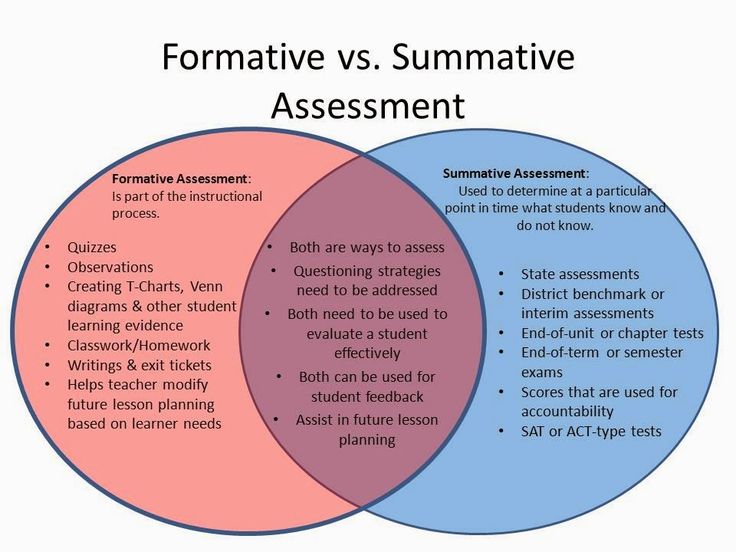Posts in Category: showcase
Common on post 2
Hello Elben, thanks for the post on the blog. I think your explanation of experiential learning is very specific. You used examples to briefly analyze what is called experiential learning. When learning a thing, especially cultural learning, it will be clearer and better understood if we can learn by personal experience. When I first entered university, I also used Korean as my elective course. When I first started learning Korean, I thought it was boring and boring. But when I gradually learned Korean in depth, when I watched Korean dramas and listened to Korean songs, I began to discover why Korean culture is so popular and why so many young people are willing to learn and understand Korea. culture. Different from the experiential learning method, cooperative learning allows group members to communicate with each other to point out each other’s shortcomings or desirable points. Although these two methods are different, they both enable students to find their learning. Ways to progress.
Hi Yiran, I agree with you very much. I think cooperative learning is a very suitable learning method for certain courses, especially for some subjects that value and practice processes. Just like this edci 335 course, we can team up to complete the homework, and we can discuss the homework with each other and supervise each other. Moreover, in front of the same homework, different people may have different ideas. Everyone will brainstorm and complete the homework better in the discussion. Just like this time in the blueprint discussion of our group, a certain person proposed the general direction that we should choose. In the general direction, everyone discussed and then slowly narrowed the scope until the topic was determined. Everyone puts forward their own opinions, and builds the whole subject together, and then solidifies the blueprint step by step. Everyone will have their ideas, and then everyone will merge several different points through discussion, which is very useful in the learning process.
Post 2 The benefit of formative evaluation and summative evaluation in learning

I think formative evaluation and summative evaluation are both very effective learning methods. Formative evaluation is to gradually improve and perfect the teaching activities in the teaching process to grade students, processes and results. The summative evaluation is to evaluate what students have learned in a large learning stage. Purposeful summarization and evaluation can often urge learners to study independently and strenuously. Because after the summative evaluation, learners can see the results they get. Learners can reflect and share through group communication. With this method, learners can share what they have learned recently. In our daily learning life, the degree of knowledge mastery is the most intuitive assessment content for the effectiveness of learning. There are many different testing methods. Among them, the examination is the most popular assessment tool to test the degree of learning mastery. For teachers, the examination is a relatively easy method to create and manage the assessment of students’ learning mastery, and the results obtained after the test are more intuitive.
Like in economics courses, different teachers will use different methods to check students’ learning outcomes periodically. Many teachers do not usually assign any homework to students, usually, there are only two to three exams in a semester. Teachers gradually improve and perfect their teaching methods through the performance of students in the learning process. After the first mid-term exam, teachers can use the students’ first mid-term exam results to determine the difficulty of the courses they teach and make improvements. This is an educational process of formative evaluation. Many students may not keep up with the teacher’s course in the initial learning process and get very low scores in the first exam, but this does not mean that they will fail the class. Because the teacher’s syllabus often mentions that the higher midterm exam may account for more total scores (eg: better midterm 25%, worst midterm 15%, or better midterm will cover worse midterm). This approach can often motivate students to do better in the rest of the semester. Students will not affect their learning progress because of a mistake, and they can do better the next time.
Students can also know their shortcomings from their first test afterward they can improve their learning methods and get better results in the upcoming exams in the rest of the semester. The final exam is a summative evaluation. It is a summary evaluation of what students have learned during a large learning stage. The periodic evaluation during the mid-term exam will not significantly impact the summary evaluation (in economics). In the department’s final exam, the final exam often accounts for a large proportion (eg 40%-50%). This kind of purposeful summative assessment can often urge students to study independently, and students can see their learning results after the final exam.
And these two evaluation methods can make teachers and students realize the good and bad aspects of their own work at this stage. Teachers can observe students’ exams to understand the difficulty of their own teaching methods and make improvements. Students can also use exam results to understand their mastery of knowledge points.
Photo reference:
History and Government: What are the functions of formative evaluation?